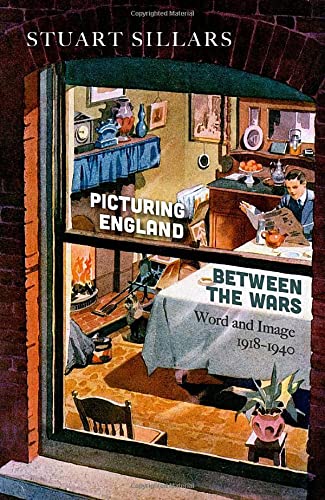

Most ebook files are in PDF format, so you can easily read them using various software such as Foxit Reader or directly on the Google Chrome browser.
Some ebook files are released by publishers in other formats such as .awz, .mobi, .epub, .fb2, etc. You may need to install specific software to read these formats on mobile/PC, such as Calibre.
Please read the tutorial at this link: https://ebookbell.com/faq
We offer FREE conversion to the popular formats you request; however, this may take some time. Therefore, right after payment, please email us, and we will try to provide the service as quickly as possible.
For some exceptional file formats or broken links (if any), please refrain from opening any disputes. Instead, email us first, and we will try to assist within a maximum of 6 hours.
EbookBell Team

4.8
24 reviewsA richly illustrated study of the interplay of word and image in representations of the English countryside, built environment, and domestic space during the interwar period.
During the 1920s and 30s, words and pictures in print were the main way in which people received ideas and entertainment, the two working together in a great variety of forms. Many books of the twenties argued against the loss of the countryside because of suburban building. But the demand for post-war building was great and, following the lead of a government report, many books appeared that showed house designs, allowing readers to design or imagine their ownership. Book designs became attractive, helped by colourful dust jackets and internal pictures. Magazines developed individual talents and special interests for both men and women. And, at the periods close, word and image were combined to publicise the growing RAF and give advice about protecting houses from bombing. In all these, words and images worked together as a complex form of art, communication, and entertainment.